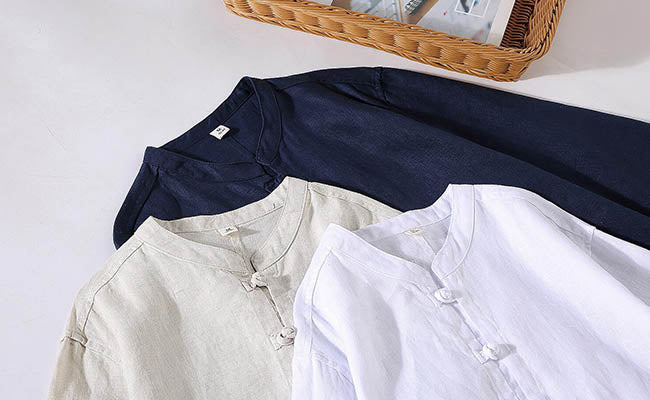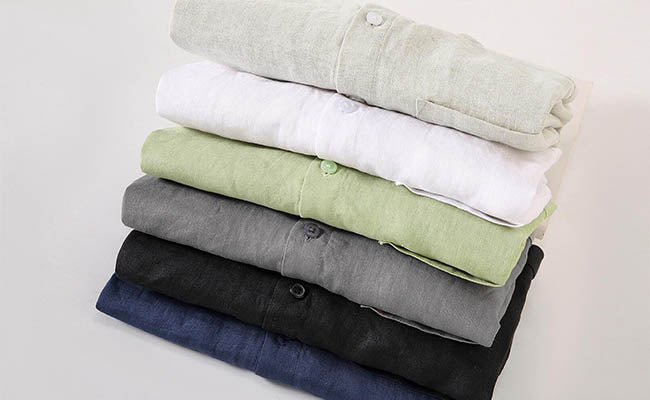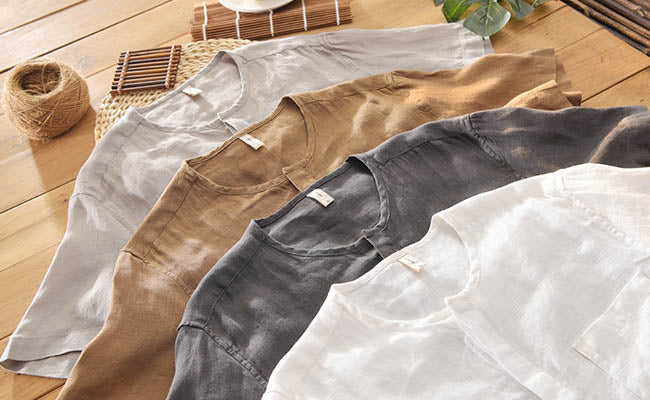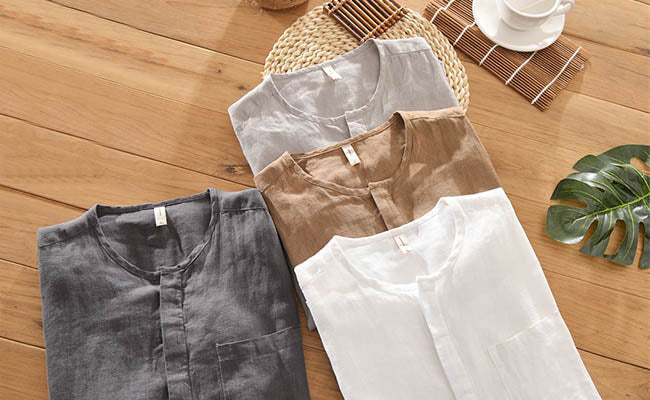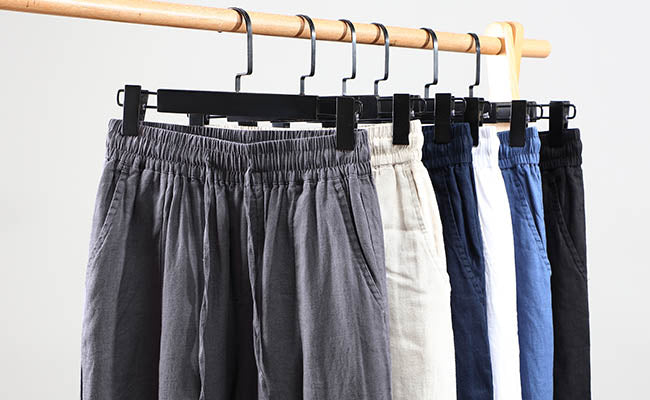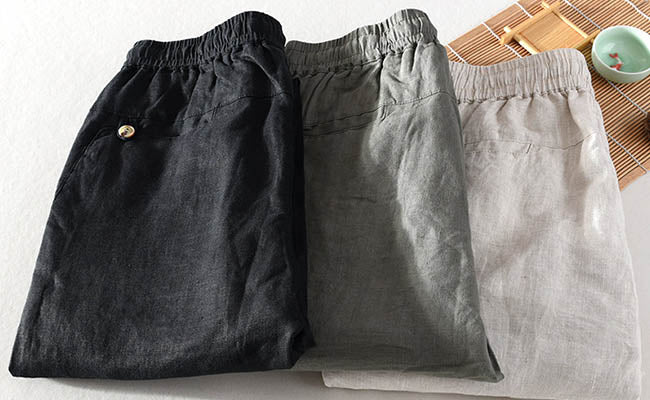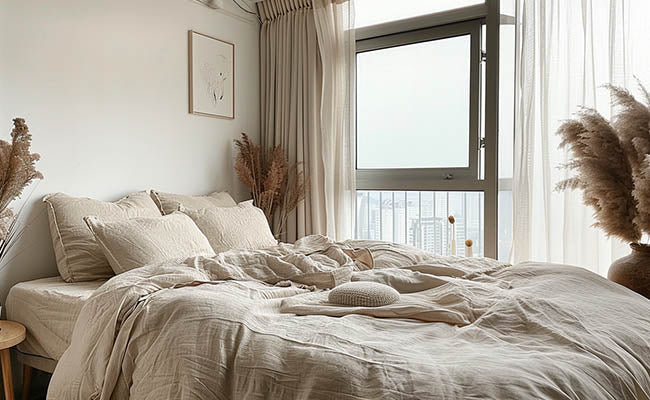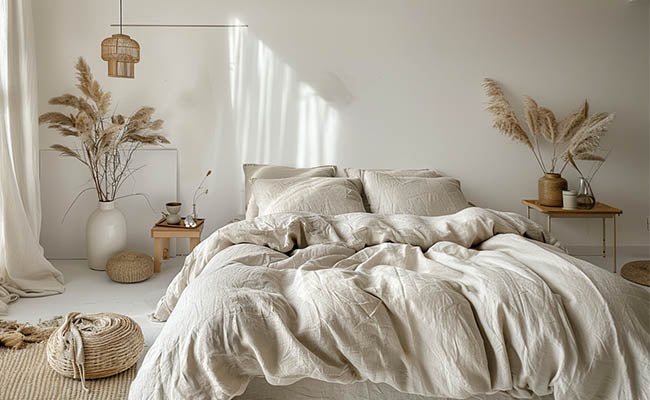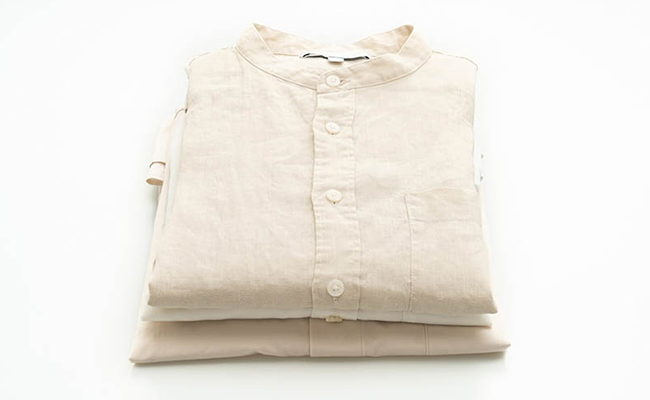SUSTAINABLE SHOPPING
In today's era, sustainable development has become a globally significant issue, and the fashion industry is no exception. Linen fashion, as an environmentally friendly choice, is leading the fashion world towards a more sustainable future. This article will explore how linen fashion promotes environmental protection and sustainable development and the role it plays in shaping our fashion choices and consumption habits.
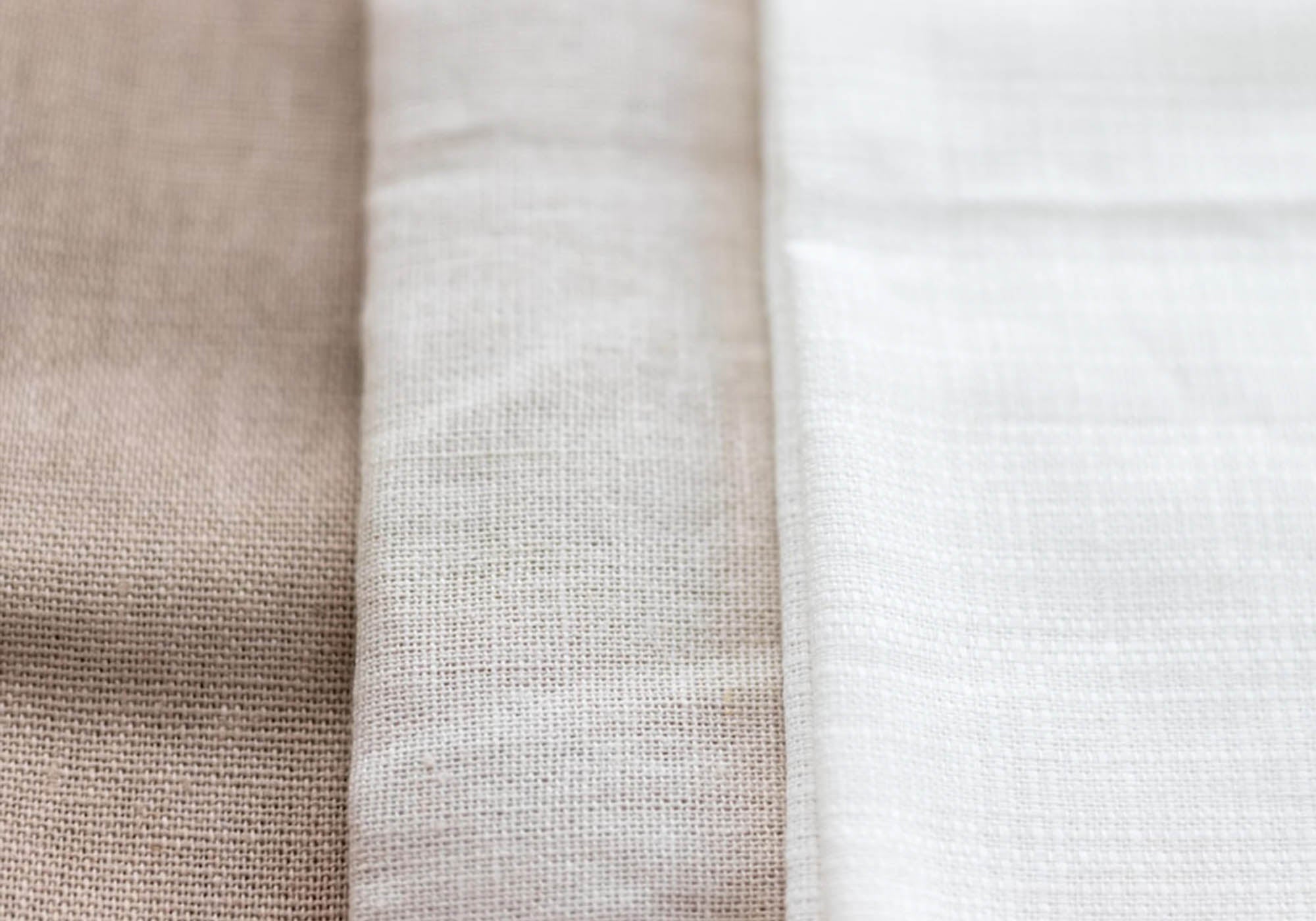
Linen: A Sustainable Natural Fiber
Linen is a natural fiber derived from the stems of the flax plant. Compared to traditional cotton, linen requires less water, fertilizer, and pesticides during its growth. This makes linen a more sustainable choice, contributing to a reduced environmental impact in agriculture.
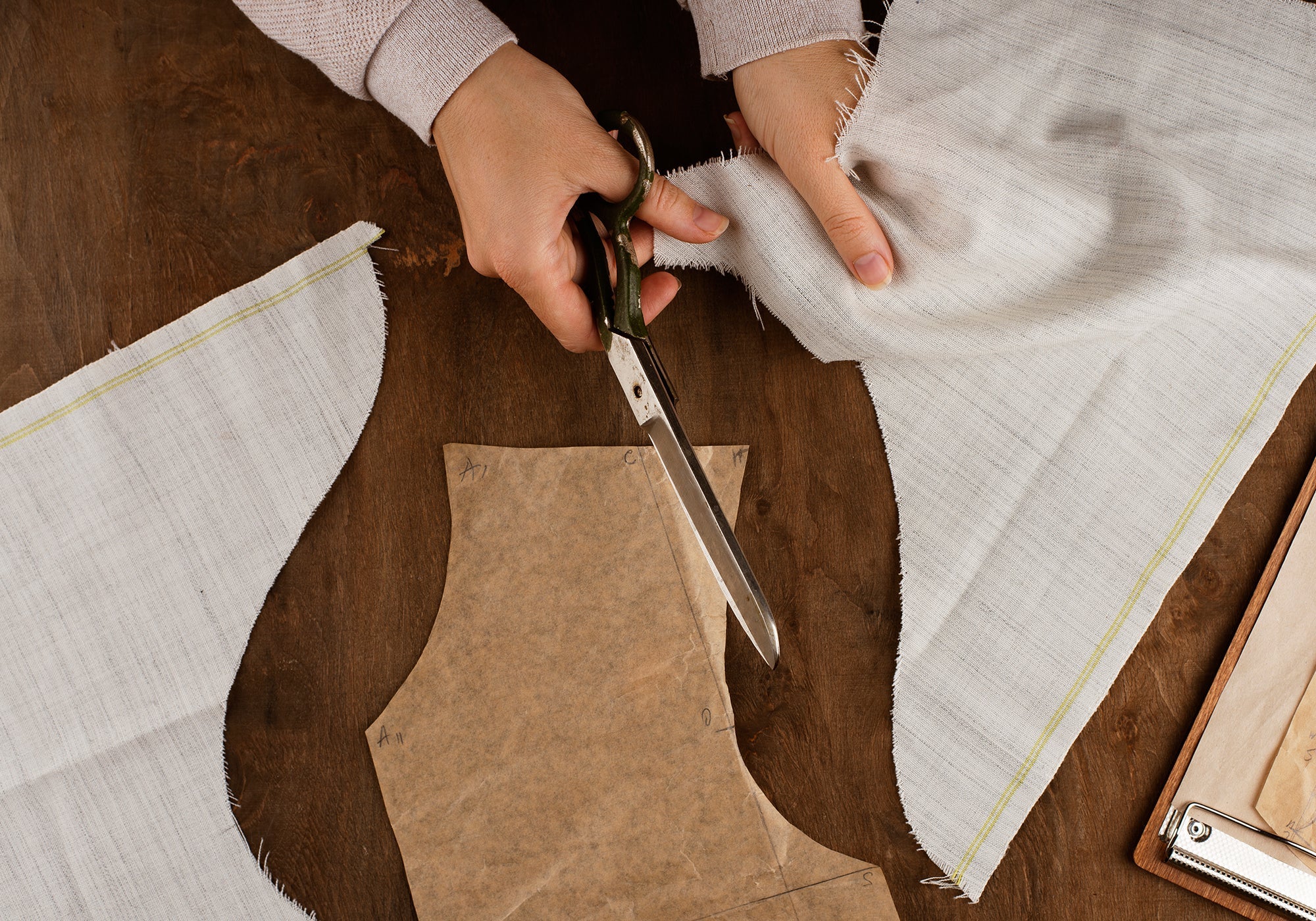
Eco-friendly Production Processes
The production of linen is typically more environmentally friendly. After the extraction of its fibers, the residual parts of the plant can be utilized for other purposes, such as animal feed or paper production. The methods used for extracting and processing linen fibers are often simpler, reducing energy and chemical usage.
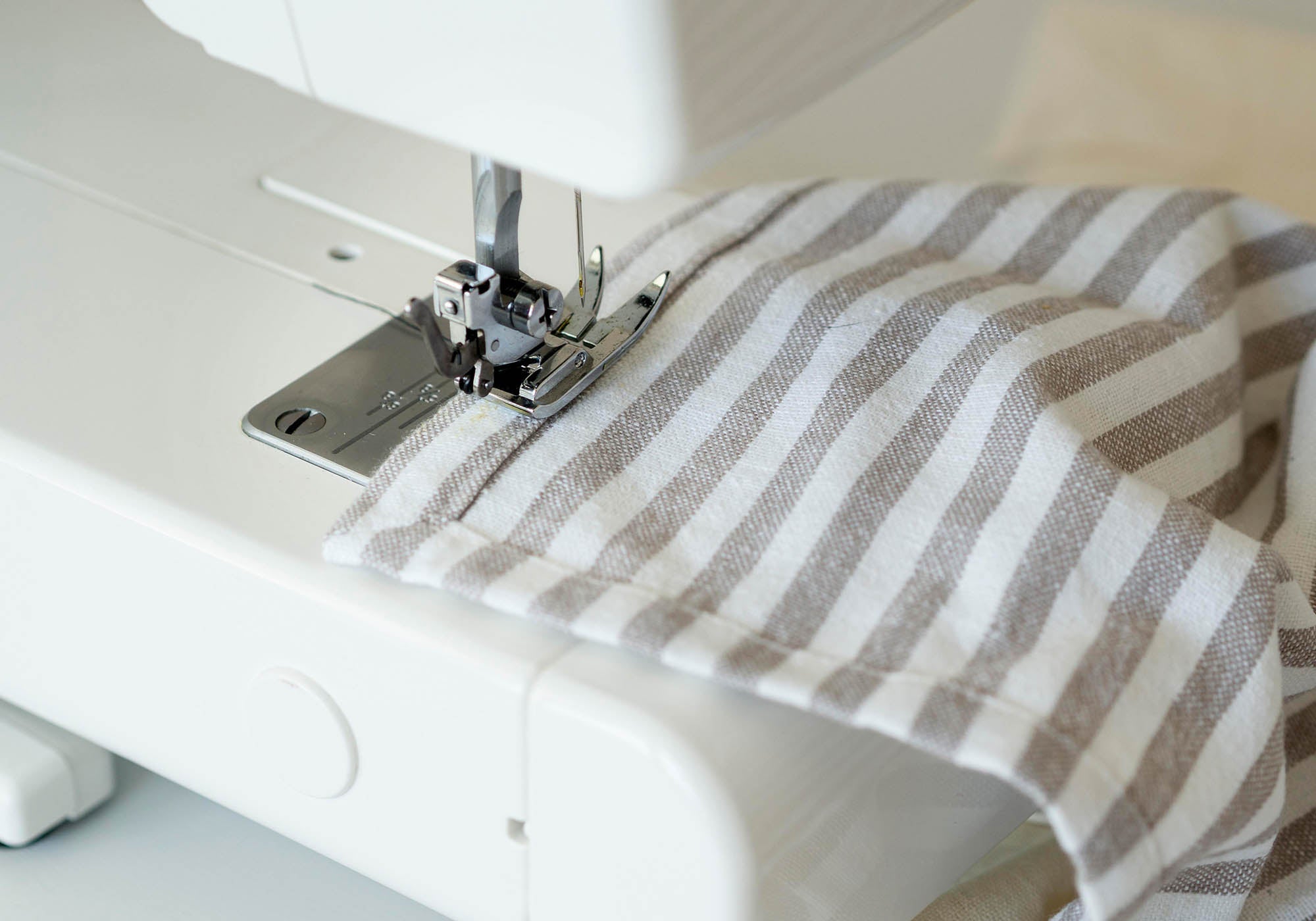
Responsible Manufacturing and Transparency
More and more linen fashion brands advocate responsible manufacturing and transparency. They ensure that every aspect of the product, from the choice of raw materials to the manufacturing process, meets environmental standards. This transparency encourages consumers to pay more attention to the stories behind the products they purchase.
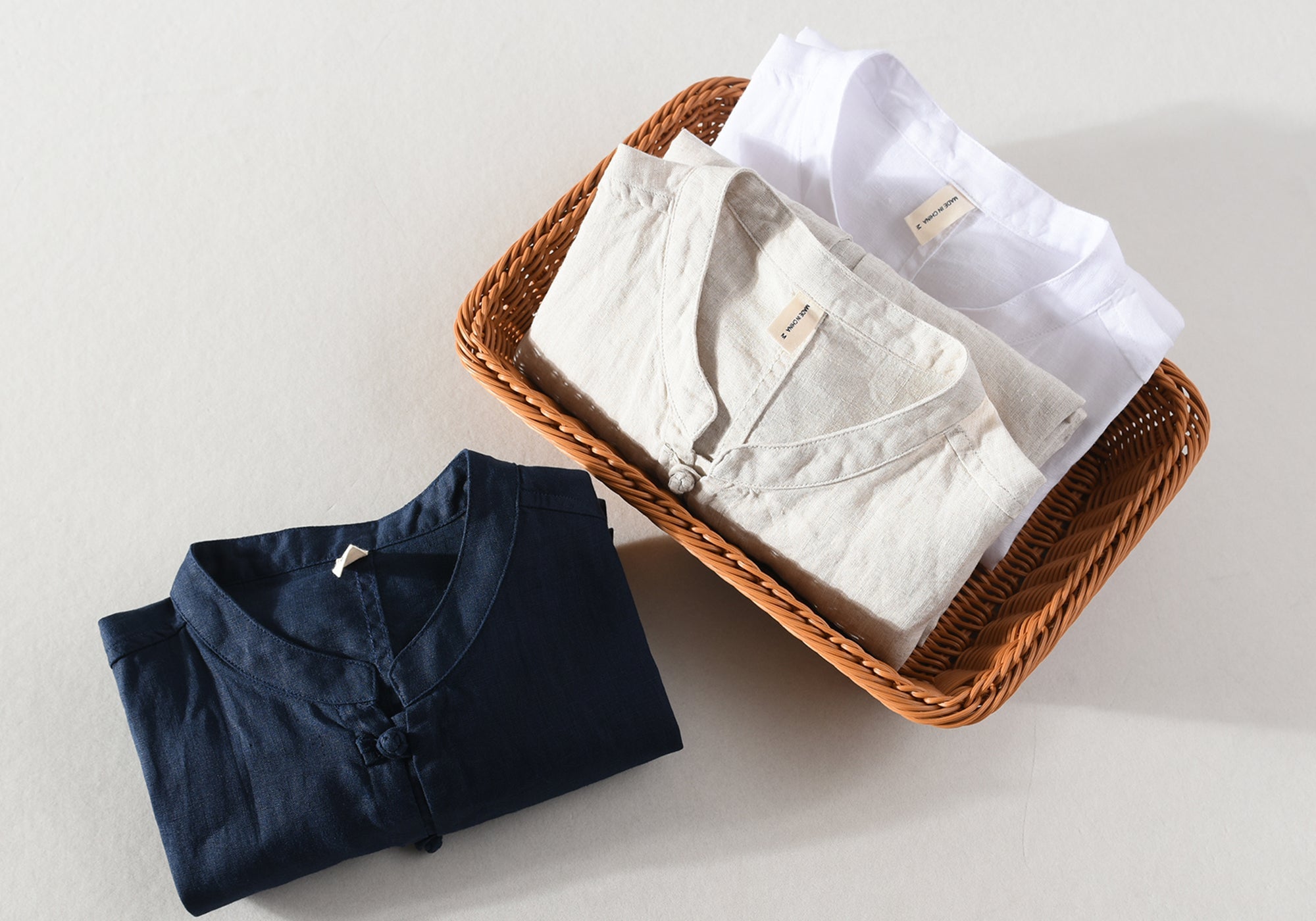
Cultivating Sustainable Fashion Consumption Habits
The rise of linen fashion also contributes to educating people about adopting more sustainable fashion consumption habits. It encourages individuals to choose higher-quality, longer-lasting garments rather than frequent trendy purchases.


